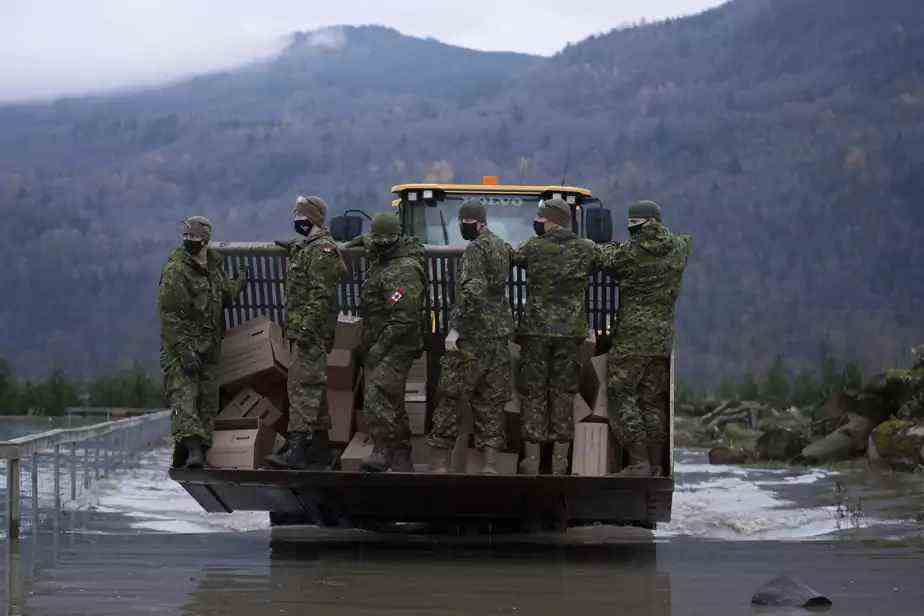(OTTAWA) The Canadian military is facing growing demands at home and in Europe, but its troop numbers continue to dwindle, according to the troop commander.
Lt. Gen. Jocelyn (Joe) Paul claimed the army saw its forces reduced by 1,200 troops in 2021 as departures outpaced recruitment.
The army, the land component of the Canadian Armed Forces (CAF), could lose hundreds more unless the situation changes.
“If we stay on the same trajectory, unfortunately, we can probably anticipate a decrease of 800 more (military),” he mentioned in an interview with The Canadian Press.
The shortfall comes as the military prepares to send potentially hundreds of additional troops to Latvia, where NATO wants to expand a battlegroup in response to Russia’s war in Ukraine.
Prime Minister Justin Trudeau first announced a deal with Latvia in June to essentially double the size of the 2,000-soldier battlegroup that Canada has led since 2016 by turning it into a brigade.
The deal was an extension of similar understandings involving seven other Eastern European countries where NATO has battlegroups to deter the threat of a Russian attack.
Canada contributes about 700 soldiers to the military force in Latvia, which also includes soldiers and equipment from ten other NATO members.
Prior to Russia’s invasion of Ukraine in February, the number was 600 Canadian troops in this “NATO Enhanced Forward Presence Battlegroup Latvia”.
Intensified negotiations
While discussions between the allies involved in Latvia have already begun, Lieutenant-General Paul indicated that they would seriously intensify over the next year in order to determine the contribution of each country in the enhancement of the force.
“I will also be going to Europe in February, where I will sit down with many of my European colleagues so that we can find the most efficient way to meet the needs,” he mentioned.
Among the issues discussed are the number of soldiers and the type of equipment that Canada will need to have a permanent presence in Latvia, and what it can keep on Canadian soil.
The calculations are not only based on the logistical challenges associated with rapidly deploying troops, equipment and ammunition to Europe during a war with Russia, but also the needs of the military in Canada.
“So how much equipment can I afford to have pre-positioned in Latvia without impacting my training too much at home, without affecting my ability to do domestic operations? he wonders.
The bottom line: the Canadian military cannot support a much larger deployment to Latvia in the long term.
“If we were to generate two battlegroups in Latvia, supported, we can’t do it. […] especially when we have to replenish our ranks,” said Lieutenant-General Paul.
Speaking of understaffing, which is felt across much of the Canadian Armed Forces, Lieutenant-General Paul said the military is looking at some long-established practices to see where it can be more effective.
This includes determining whether some large-scale training exercises are necessary, given the load placed on mid-level officers and NCOs, who are also essential for leading missions in the field.
“We don’t want to overtrain, we don’t want to undertrain,” said Lt. Gen. Paul. We want to strike the right balance. »
It also involves reviewing the type of equipment the military plans to deploy in the coming years and whether more automation and even artificial intelligence can reduce some of its personnel requirements, as part of a wider reassessment.
“What can we refine? asks Lieutenant-General Paul.
“What do we perhaps need to do less of? What more should we do? So we kind of have a report card being put together right now. Because we have to. »
